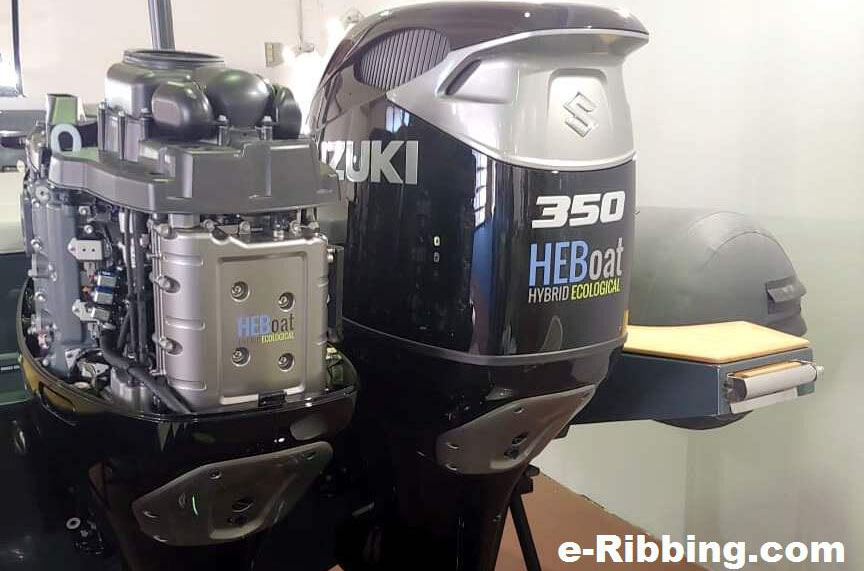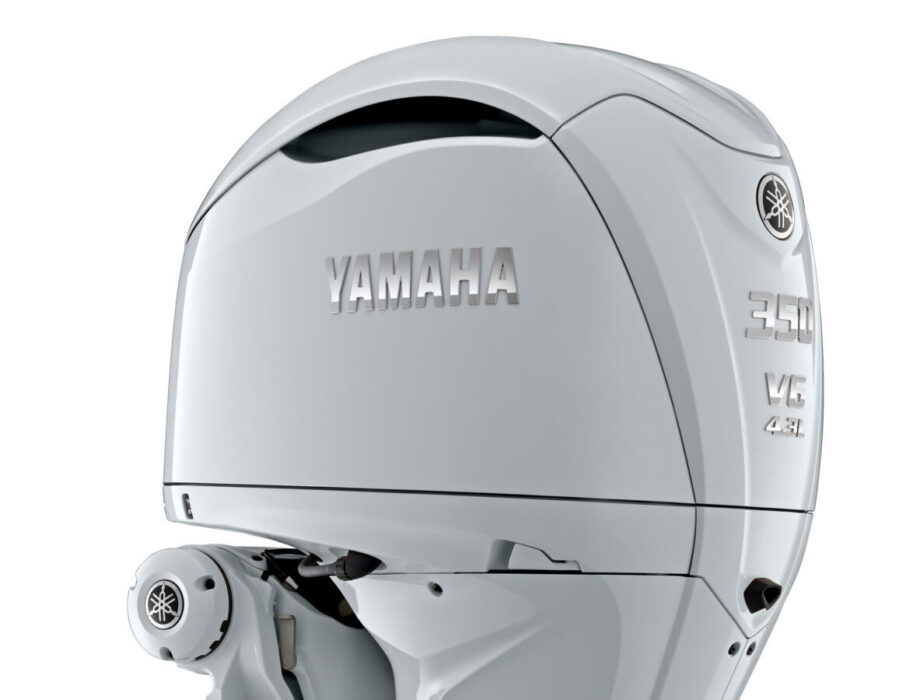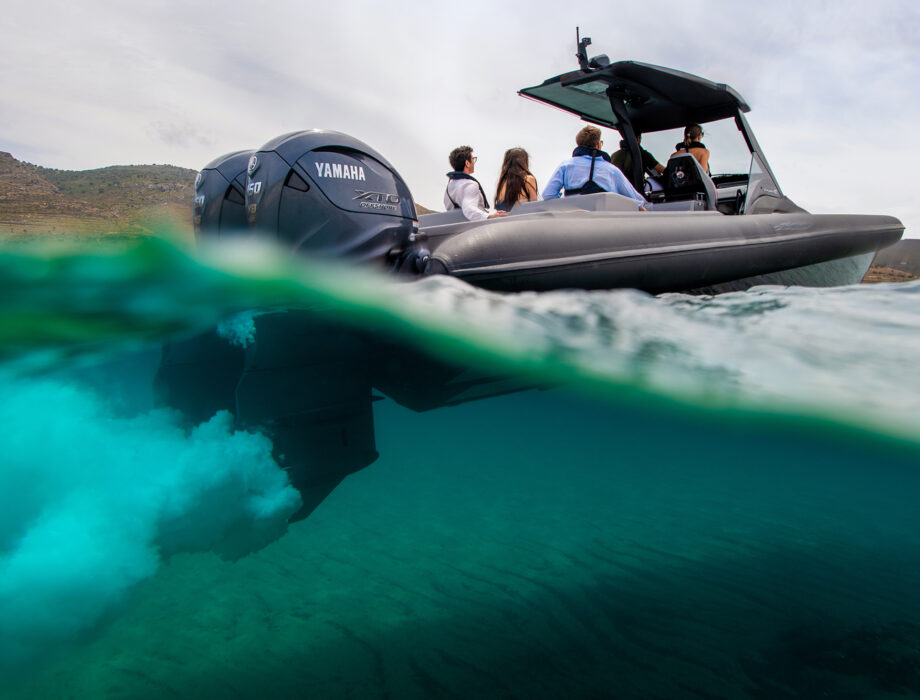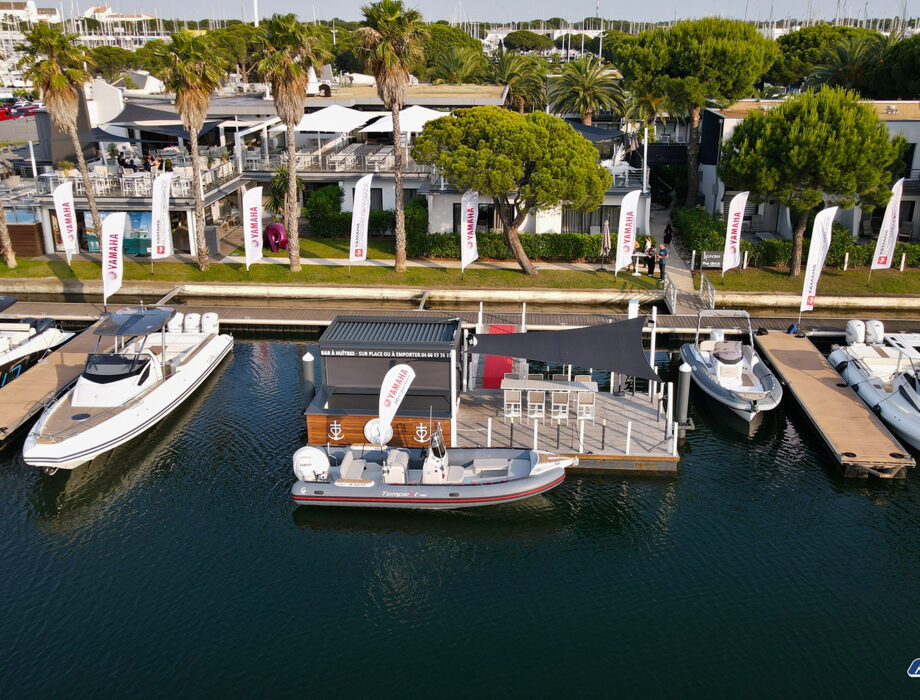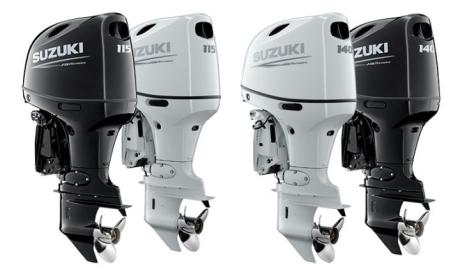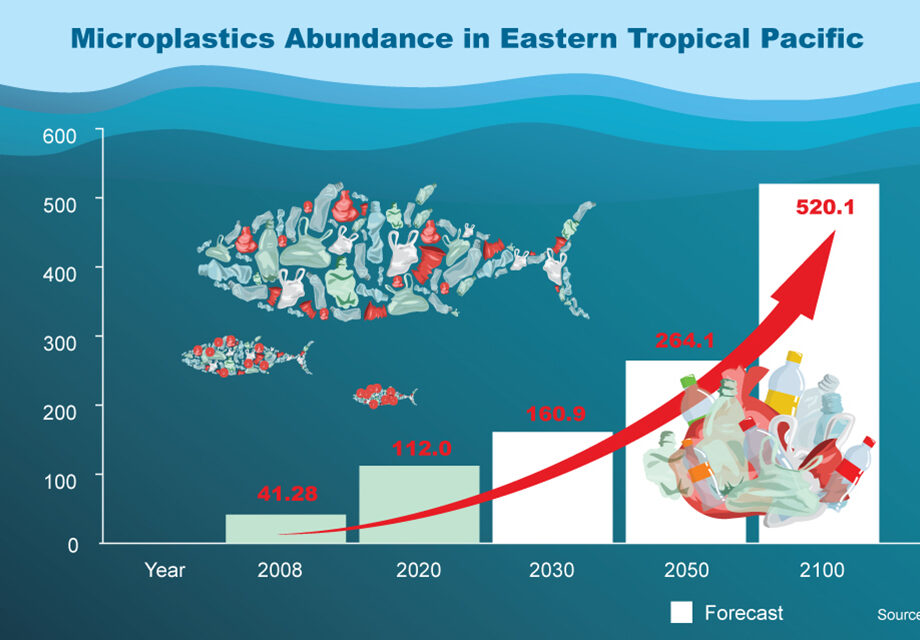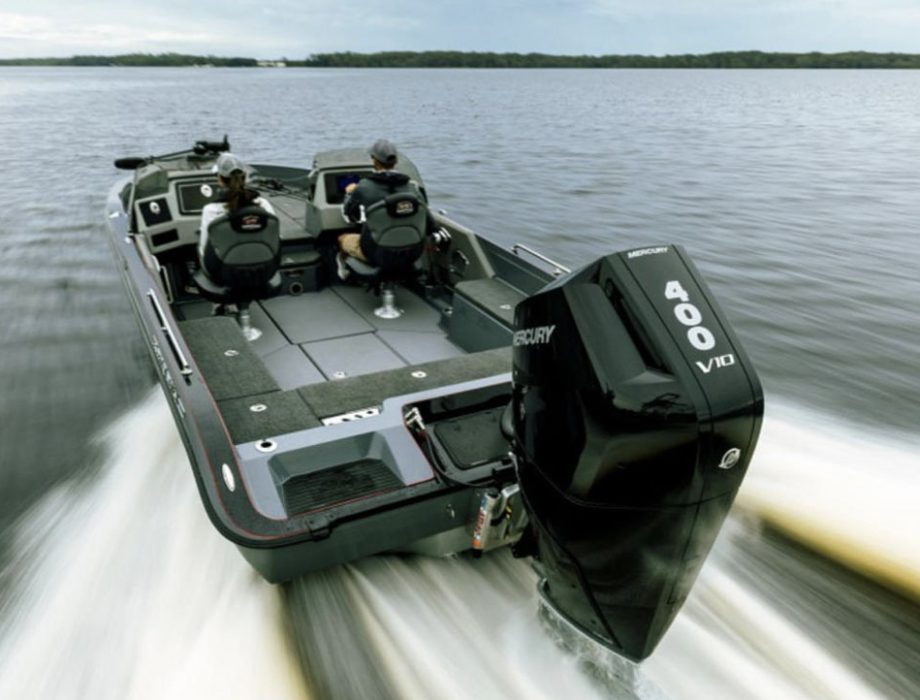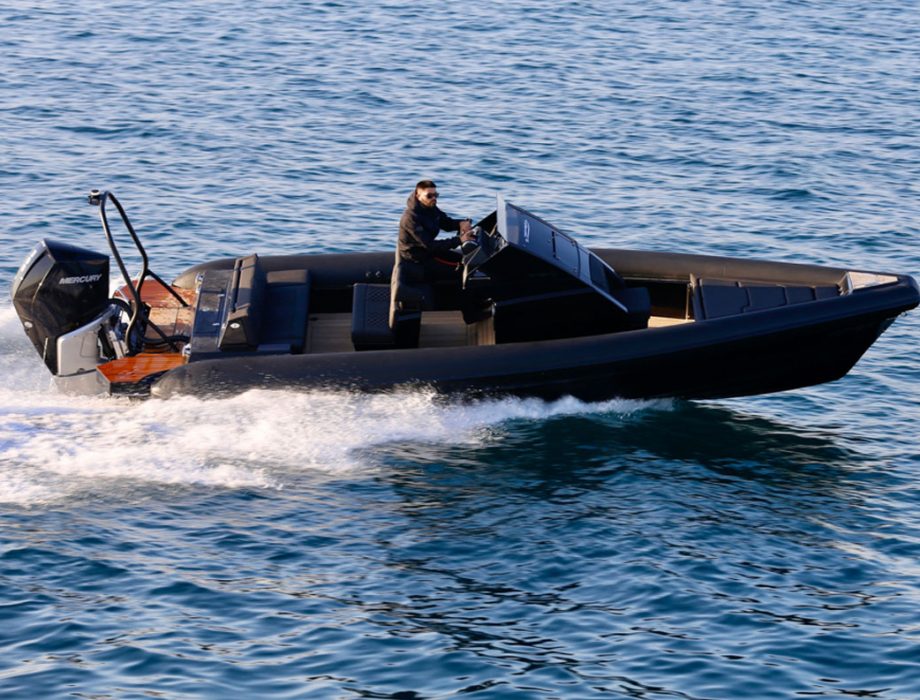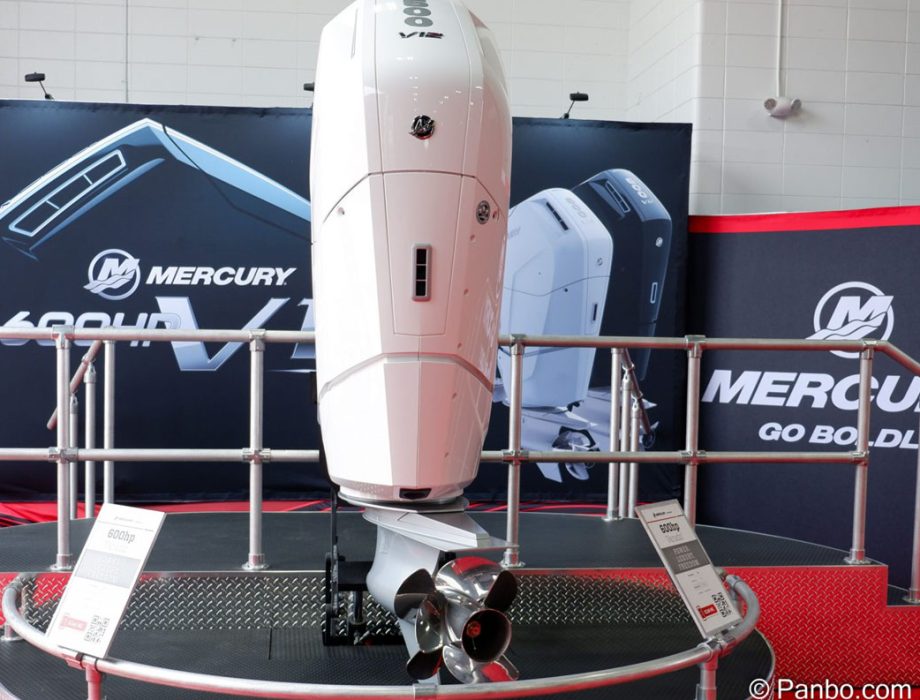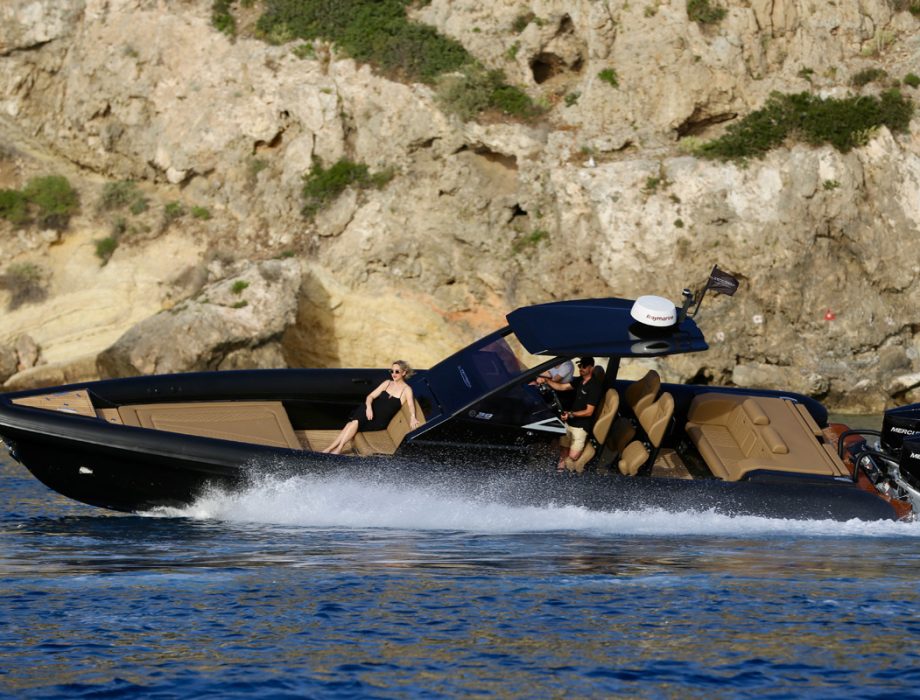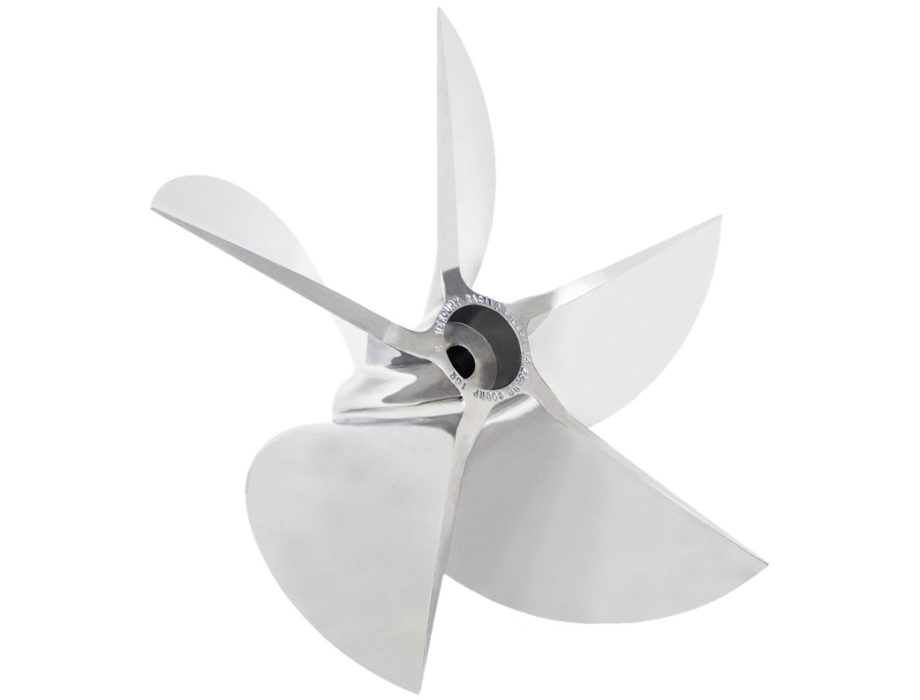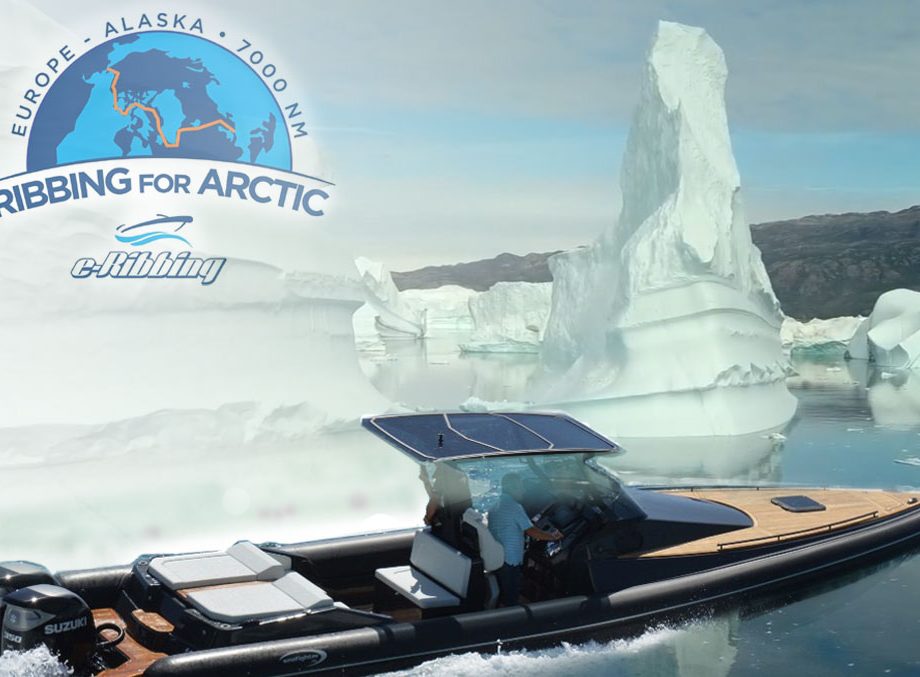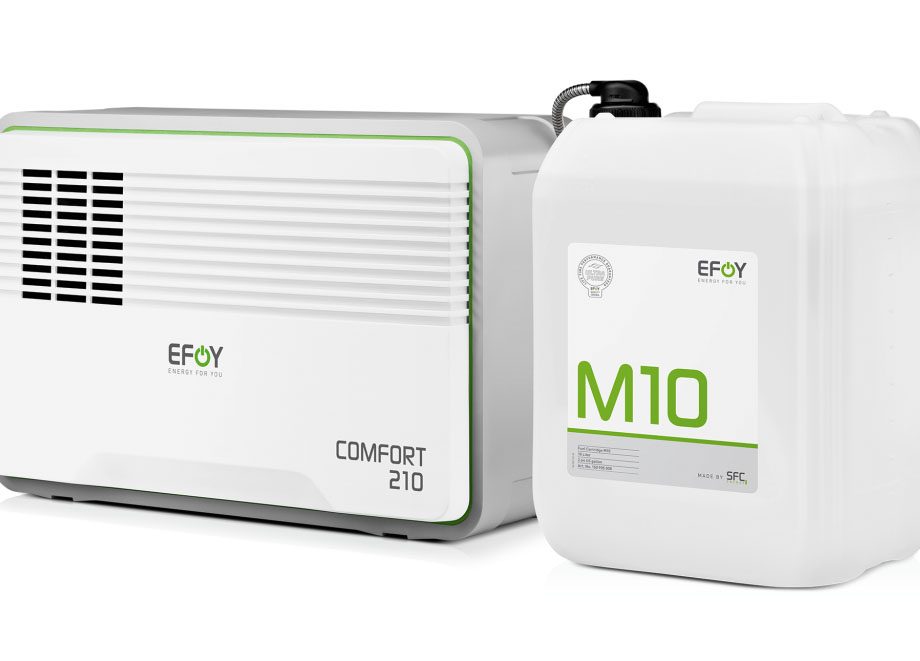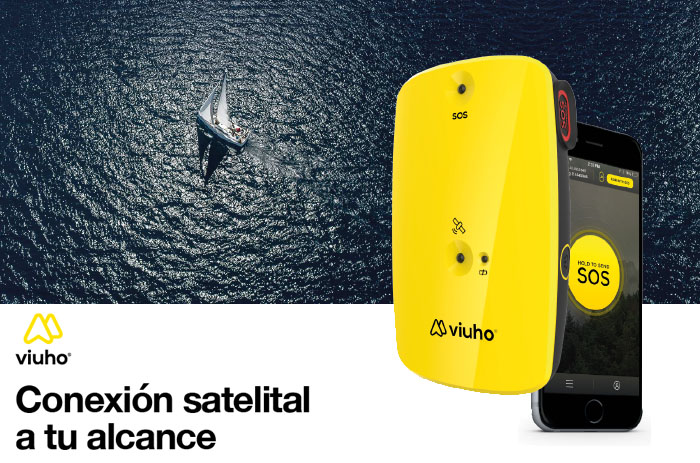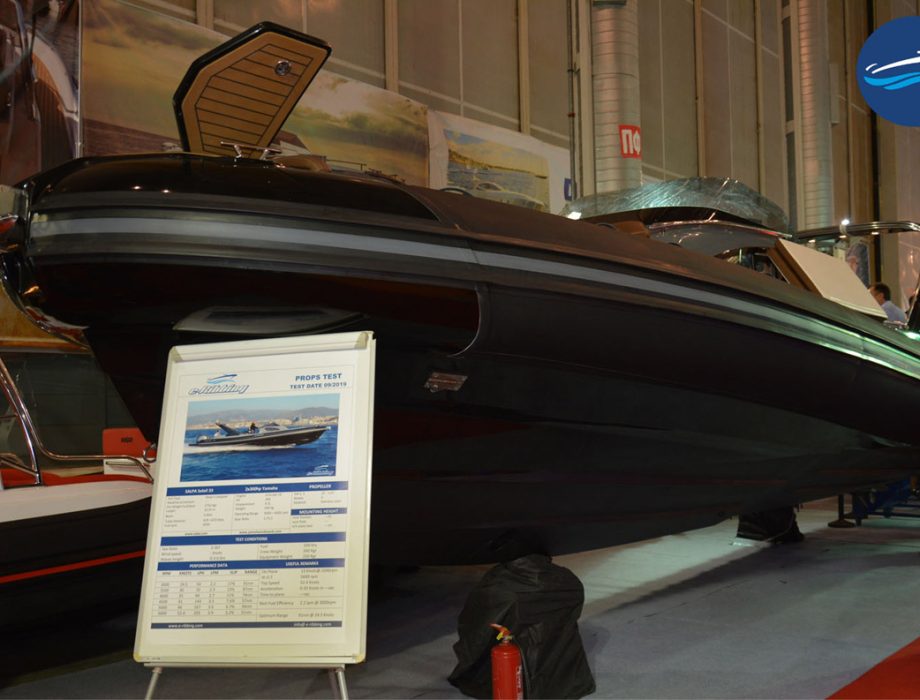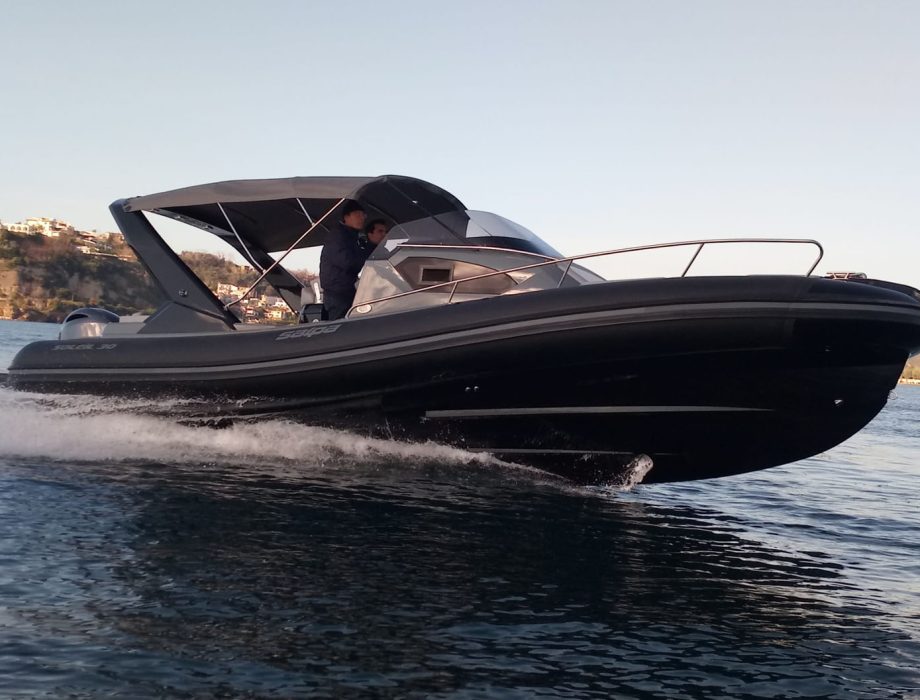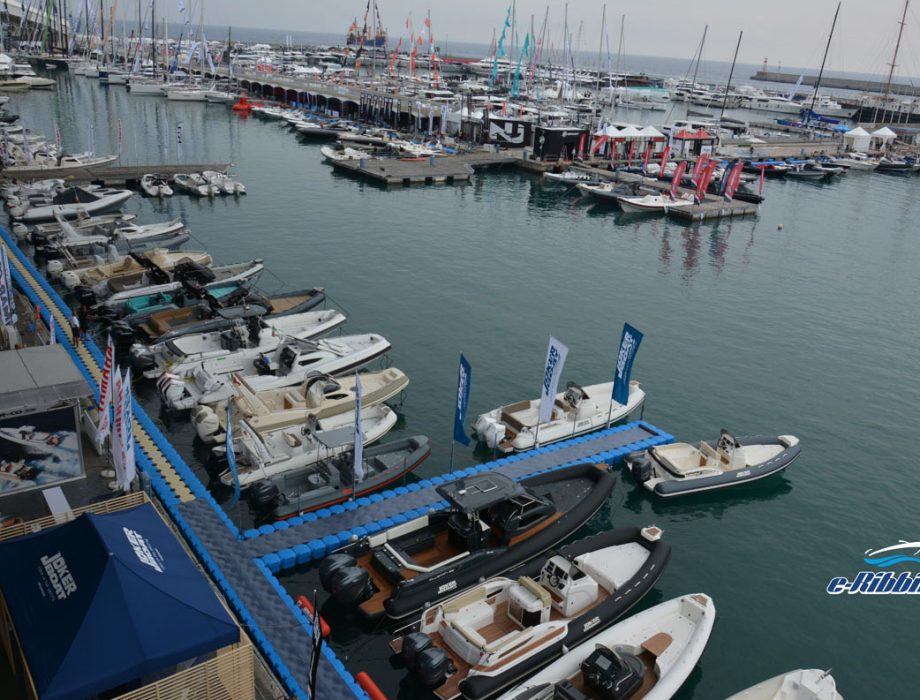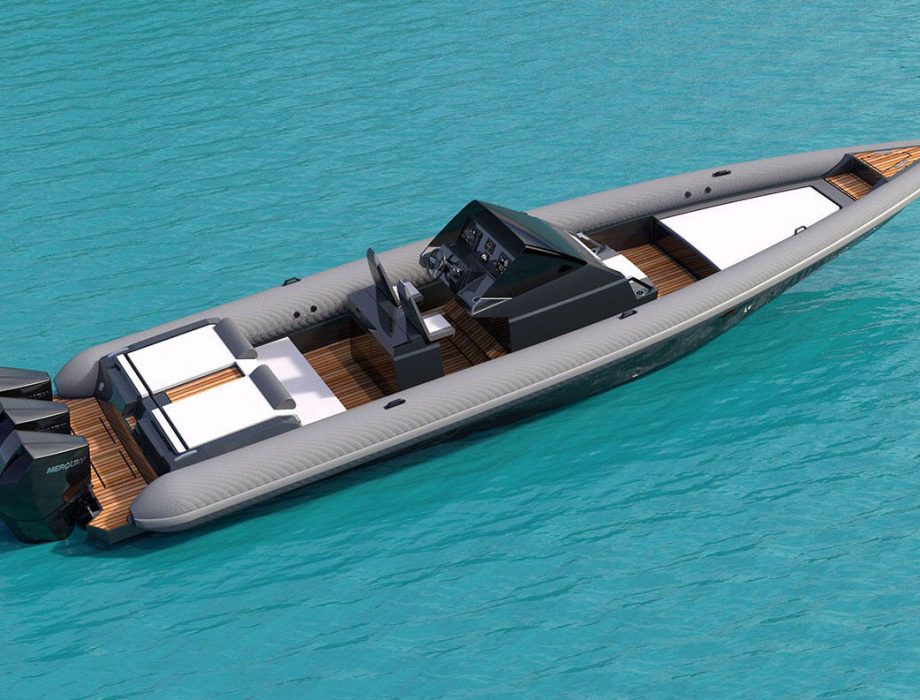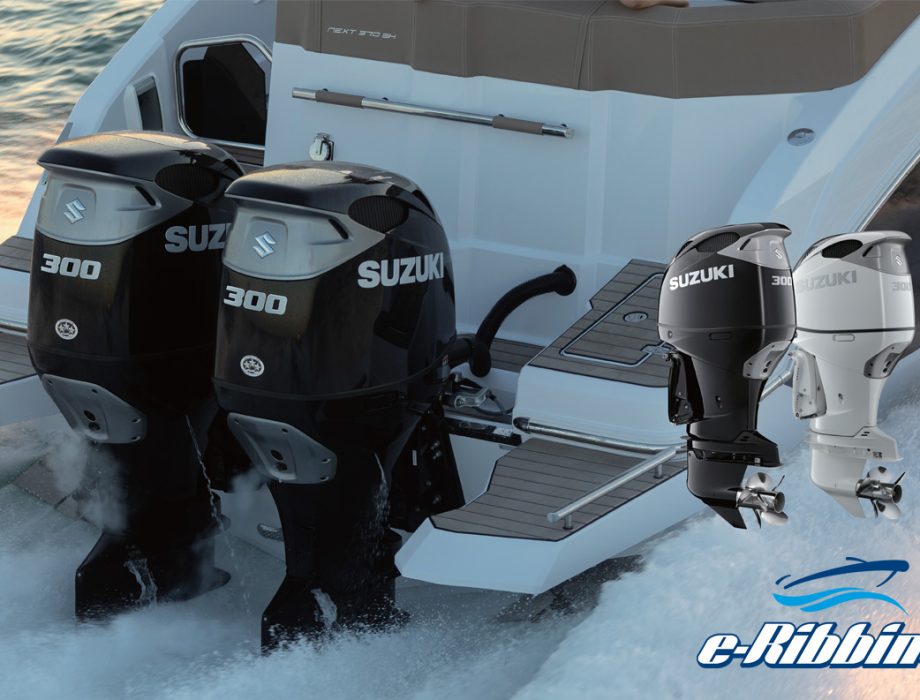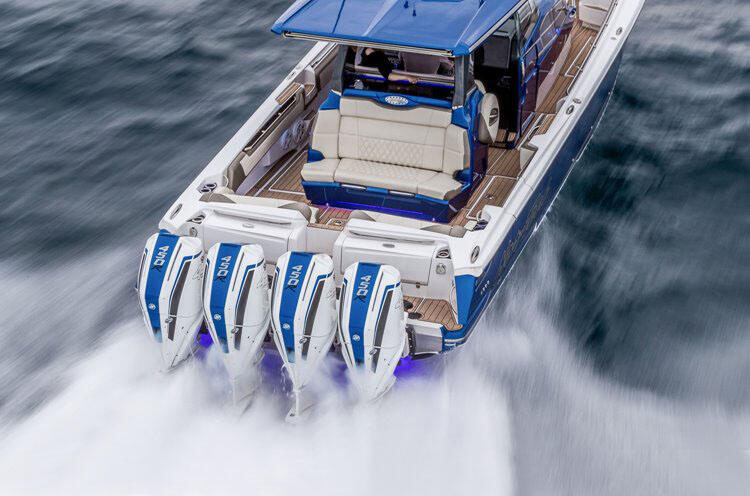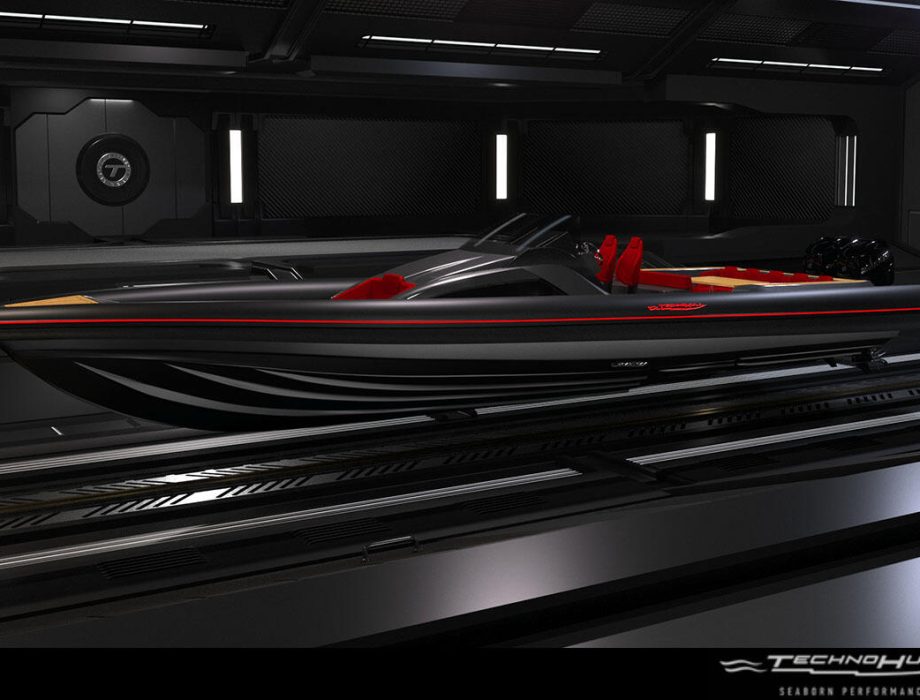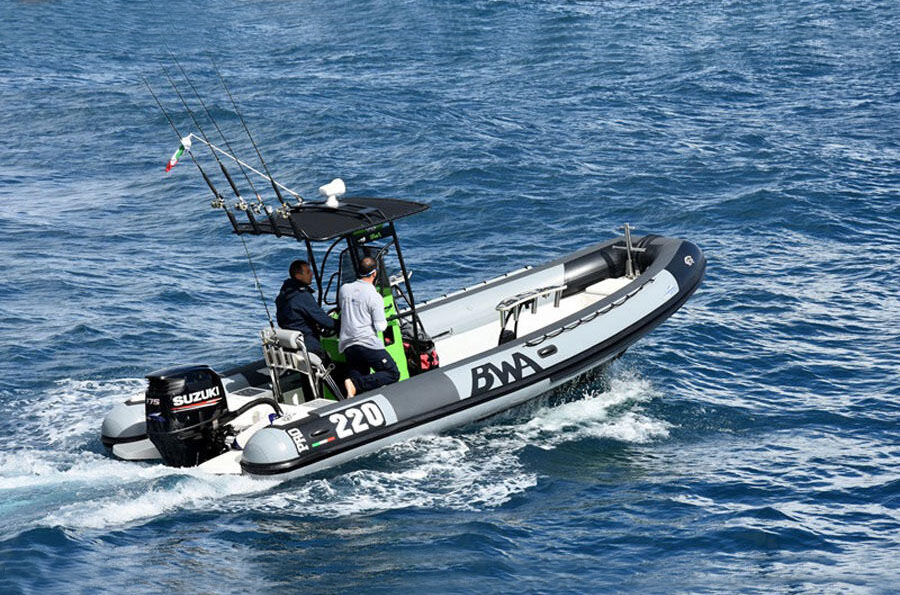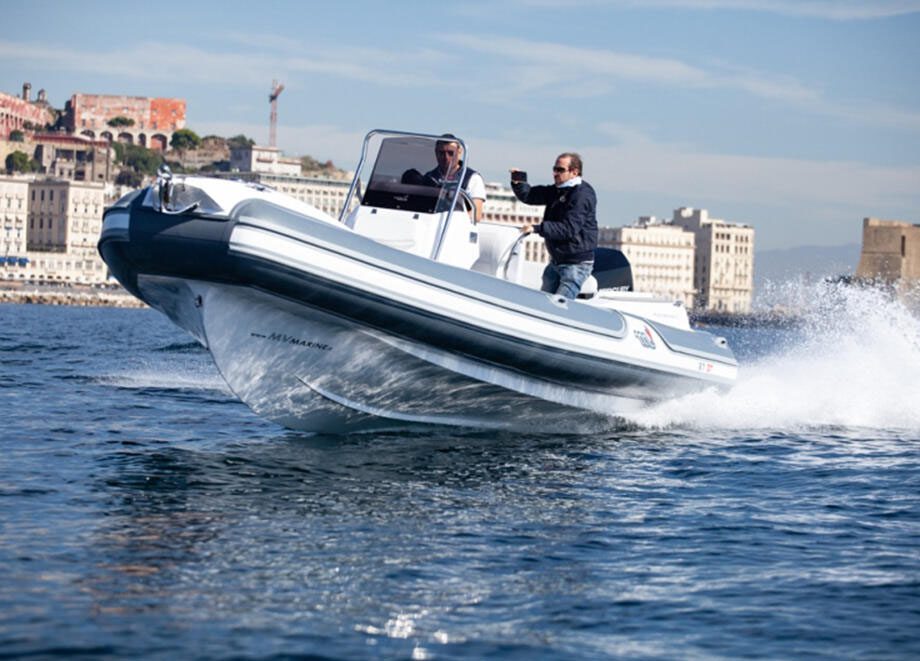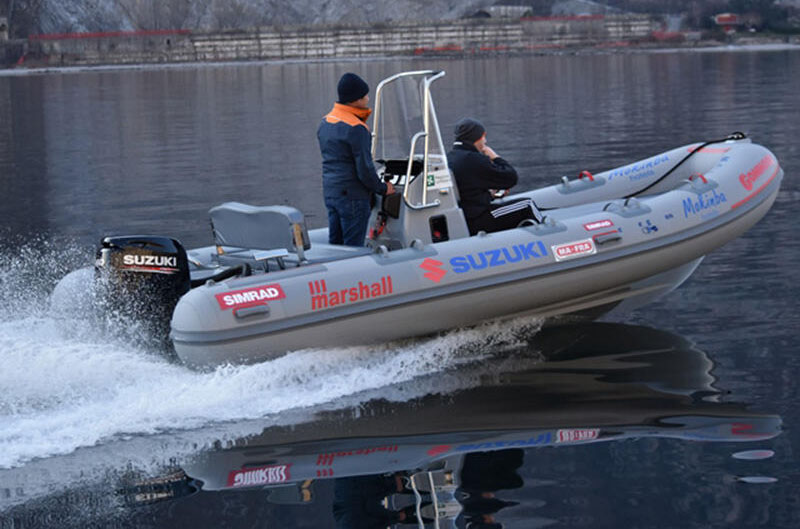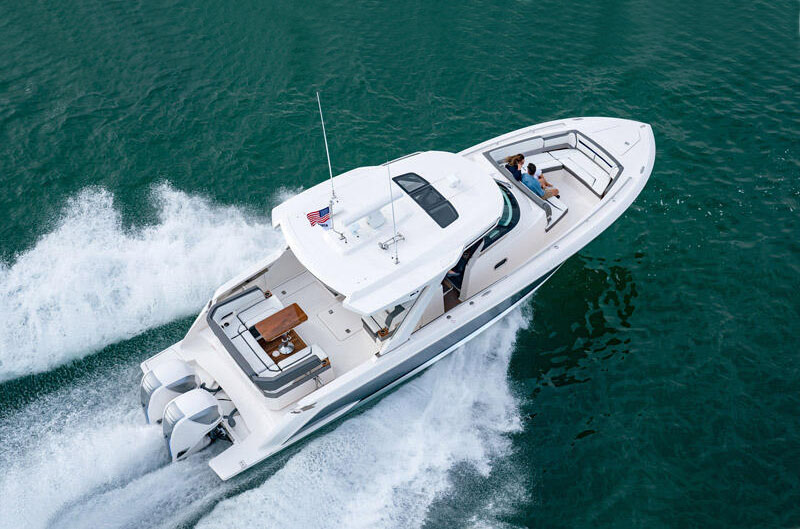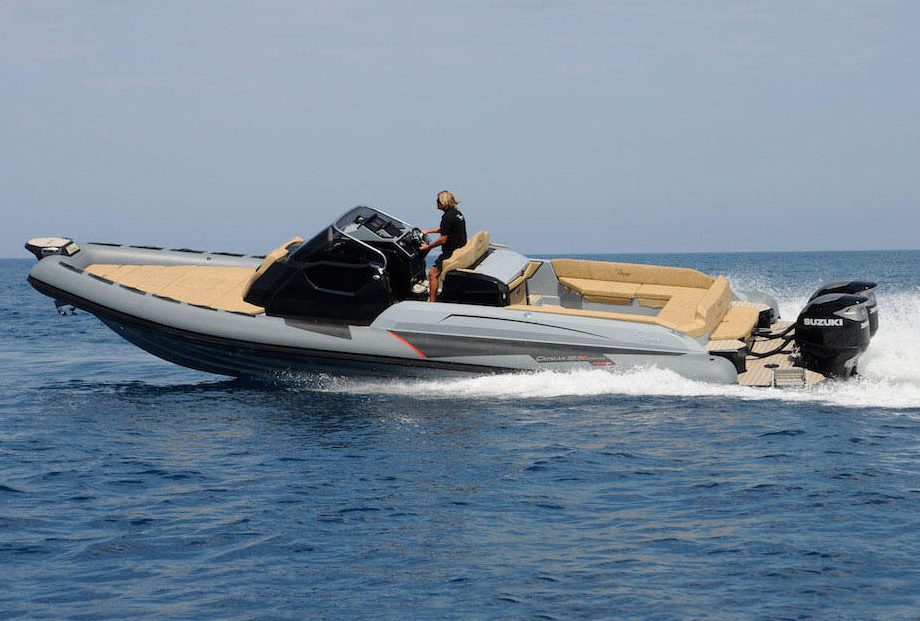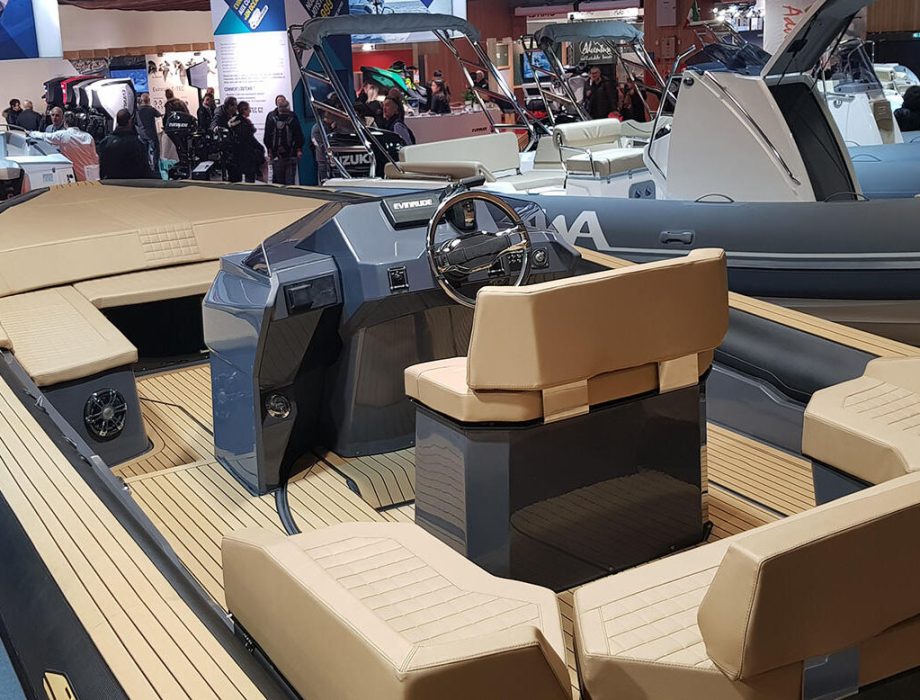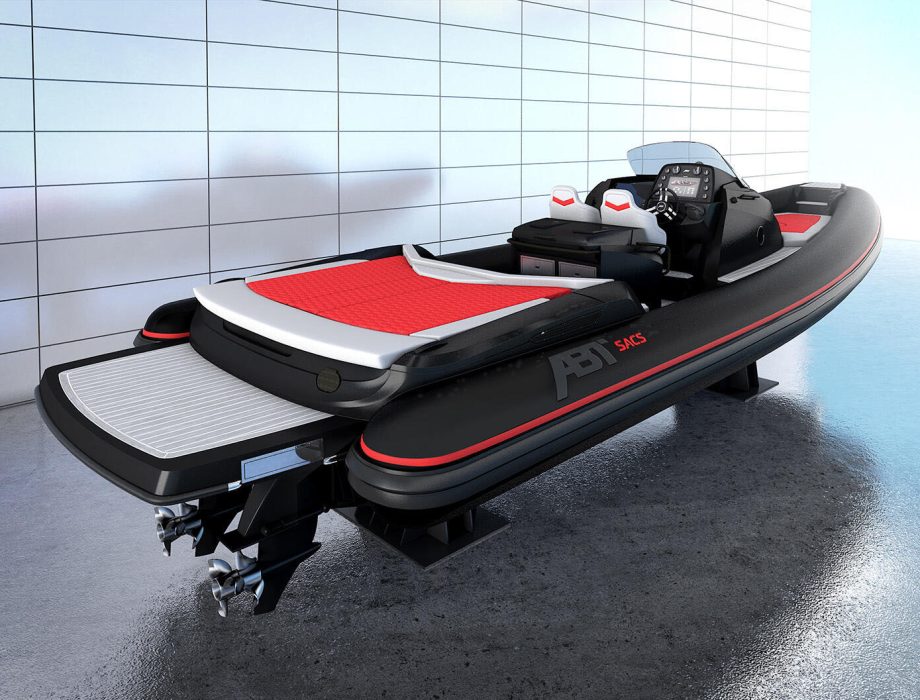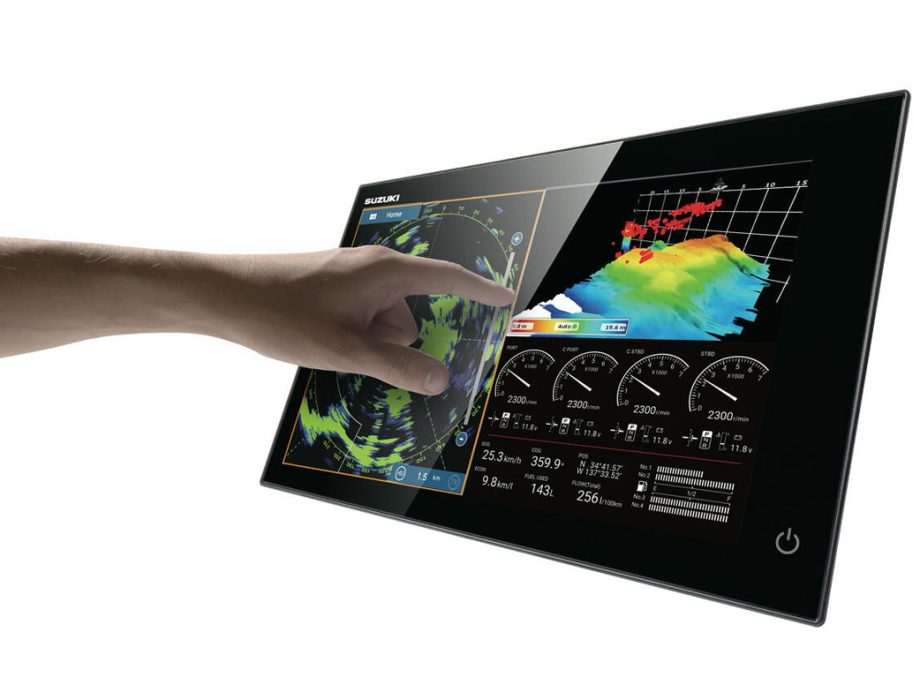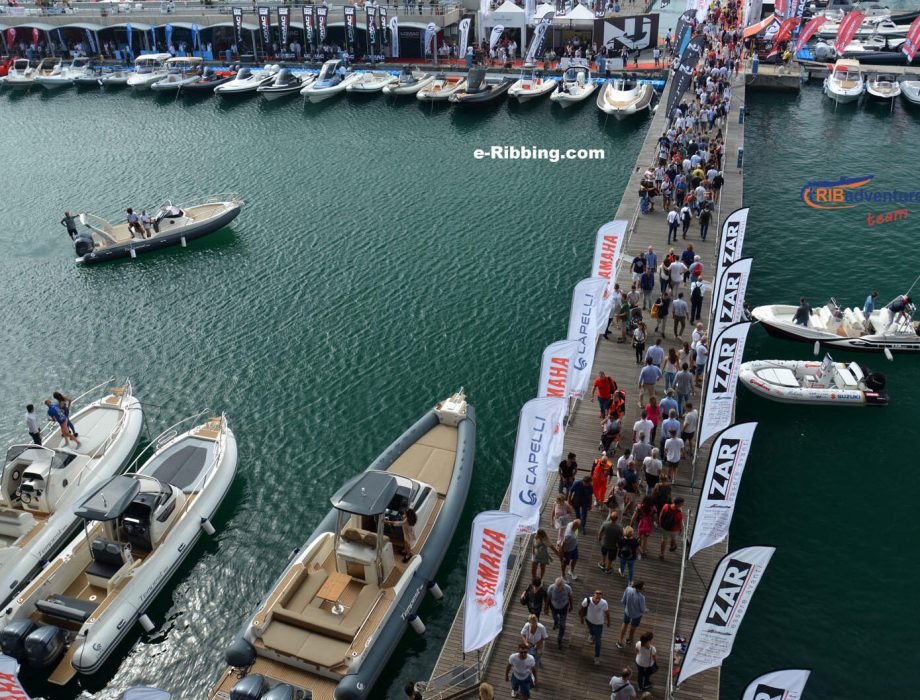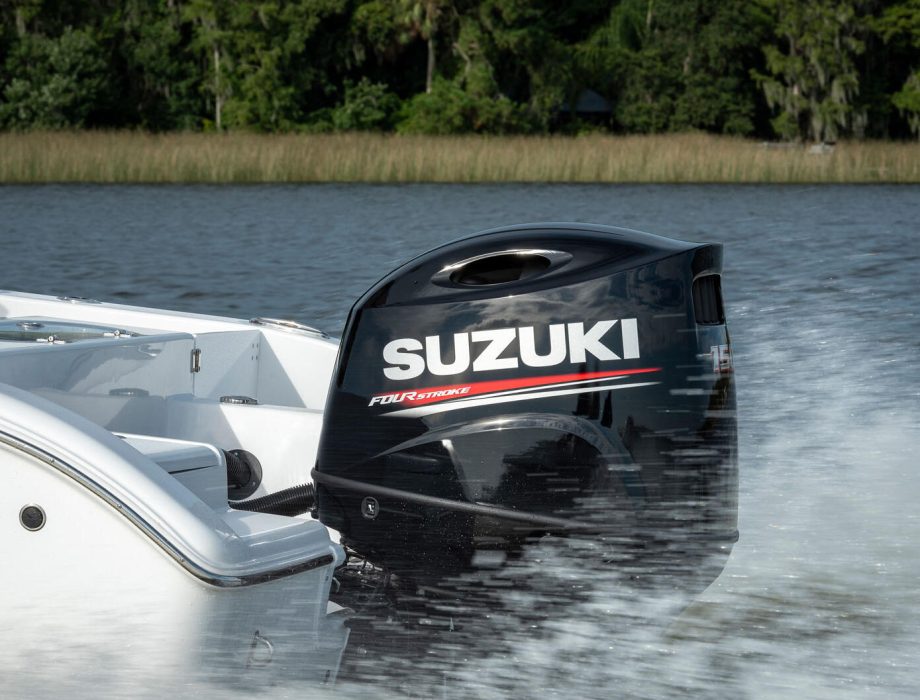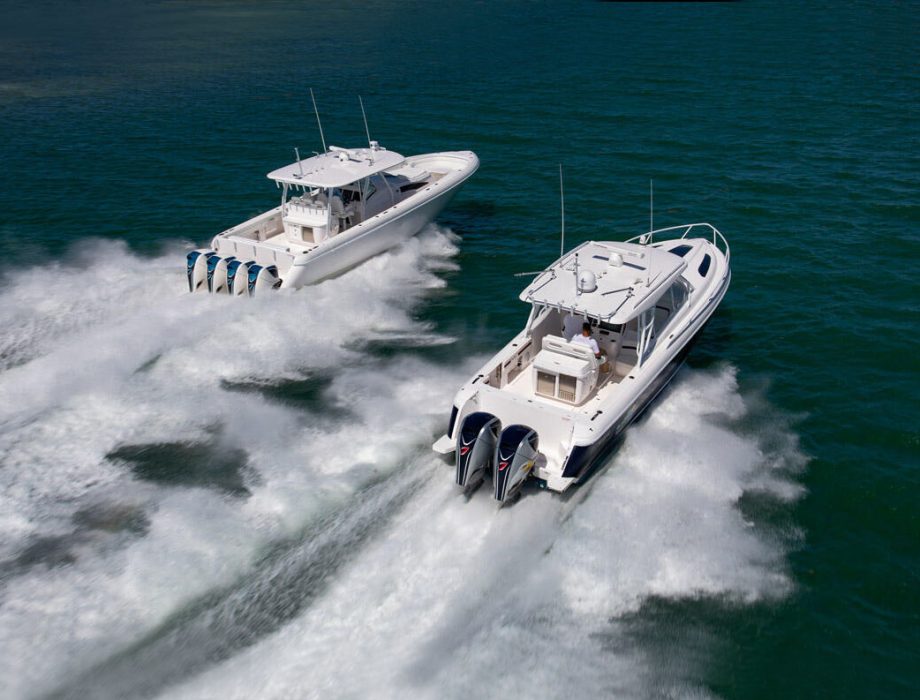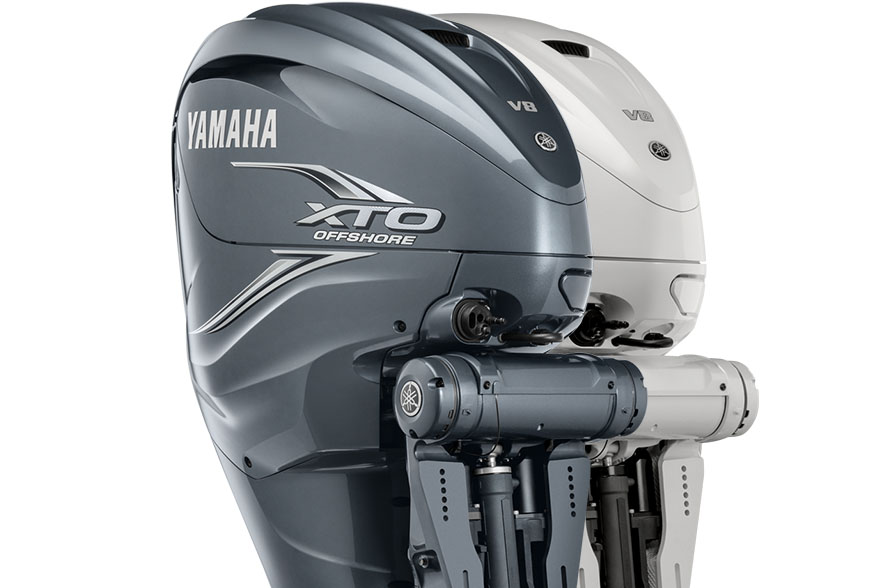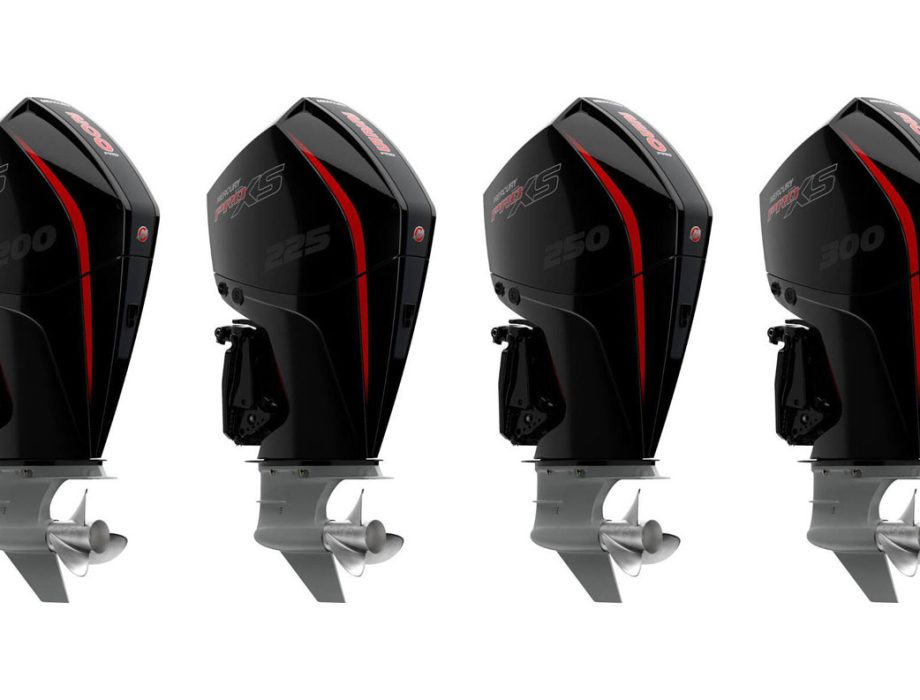
New Max5 ST propeller by Mercury Racing
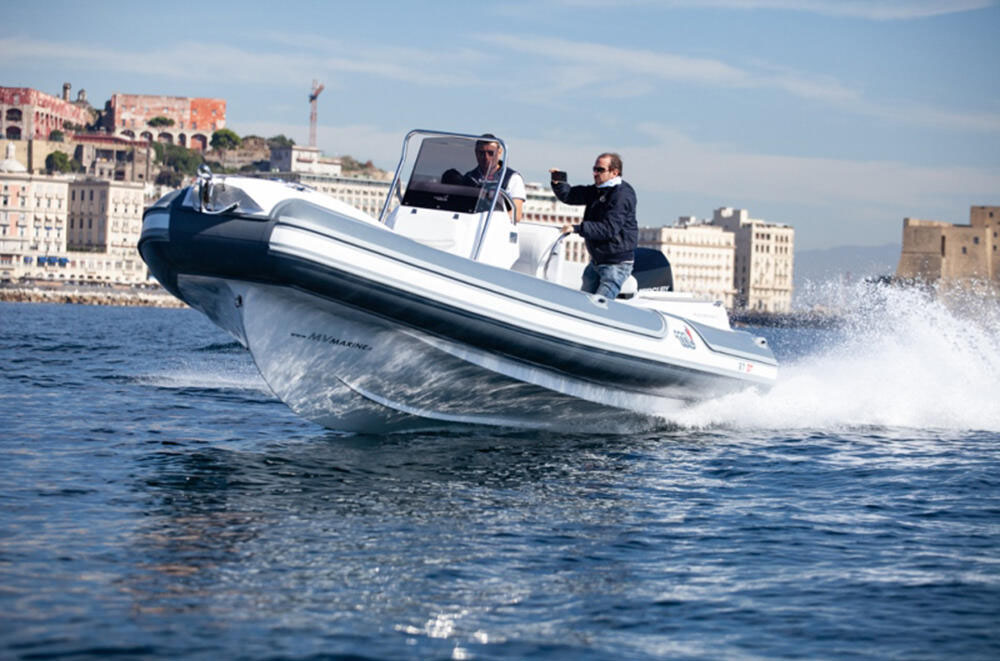
The MV shipyard presents new projects

New Max5 ST propeller by Mercury Racing

The MV shipyard presents new projects
Hybrid Ecological Engine
It is not a dream, it is reality.
A Suzuki engine that does not emit smoke has the same performance but with a significantly lower fuel cost and lower emissions.
Thanks to HEBoat (Hybrid Ecological Boat) technology created by Newtak engineering in collaboration with Coastal boat, it is possible to convert a classic Suzuki outboard engine into a hybrid natural gas engine. The system does not alter the basic characteristics of the engine and does not interfere with the original diagnostic and control tools.
The technology offers 3 modes of use:
This content is for Basic and Premium members only.
Read more News
- January 18, 2024
Yamaha Introduces Exhilarating New 350hp V6!
Yamaha Motor Europe announces a series of innovations to delight boating customers, including the headline attraction, a fresh new 350hp V6...
Read more - October 14, 2023
New Yamaha XTO 450hp V8 X Technohull Explorer 40!
The recipe for the ultimate experience. The new Yamaha XTO 450hp outboards meet the Technohull Explorer 40. Yamaha never ceases to amaze, since ...
Read more - June 22, 2023
ΥΑΜΑΗΑ 2023 Marine Press Launch
Ideal choice of location, amazing organization, wonderful event. It was all magical in Port Camargue, France, the largest marina in the Mediterranean...
Read more - May 15, 2023
SUZUKI takes the lead in the 115/140hp category
Extending the innovative technologies to its smaller models, Suzuki is once again awarded as the first worldwide to apply electronic control in...
Read more - May 15, 2023
Suzuki introduces world’s first Micro-Plastic Collecting Device
Did you know that there are 500 times more microplastic particles in the oceans than the stars in our galaxy?
Read more - December 3, 2022
Mercury Introduces a V10 5.7 L Outboard
The new V10 has basic parameters advantageous for a wide range of applications, from large saltwater center consoles ...
Read more - November 10, 2022
Technohull’s T7 creates a stunning new breed of smaller boat
Rich entertainment features in Technohull’s brand new dayboat Medium-small boat that can effortlessly tackle the high seas...
Read more - November 10, 2022
Mercury Marine introduces the all new V12 600hp Verado engine – redefining outboard performance – February 11th 2021-
Mercury Marine, a division of Brunswick Corporation (NYSE: BC), today introduced the new 7.6‑liter V12 600hp Verado® outboard engine. With this launch, Mercury continues to...
Read more - November 10, 2022
Smooth riding TECHNOHULL 38 Grand Sport is becoming a family favourite!
- Dynastream hull technology guarantees supreme stability and comfort in all weathers - Smoothest ride ever from a Technohull boat at any speed...
Read more - November 10, 2022
New 300-HP 5-blade CNC Cleaver Propeller by Mercury Racing
An outboard as exciting as the Mercury Racing 300R deserves its own propeller and Mercury Racing has just delivered...
Read more - November 10, 2022
The Expedition “RIBBING FOR ARCTIC” postponed to 2021 due to Covid-19 pandemic
At a time when every nation and the whole world is tested really hard while thousands of people give a real struggle for survival under unprecedented circumstances, it is...
Read more - November 10, 2022
EFOY – Fuel Cells for unlimited electric energy in your Rib
High technology for eco friendly energy! EFOY, known to Recreational Vehicle enthusiasts, also has marine models for silent charging of the boat’s batteries...
Read more - November 10, 2022
Viuho: The ultimate satellite communication and safety device
Stay safe and send text messages to anyone, anywhere on the planet and in any sea you are travelling!..
Read more - November 10, 2022
Athens Boat Show 2019
The Athens Nautical Boat Show 2019 took place from 27 of November till the 1st of December at the ex-Olympic Center of Fending, leaving quite mixed feelings both at...
Read more - November 10, 2022
Nautica Salpa launches the all-new Soleil 30
Soleil 30 will be officially presented at the Paris Nautical Show in December 2019. Soleil 30 is the sixth model of the Salpa Soleil range and the third new model put into...
Read more - November 10, 2022
59th Genoa International Boat Show (19th – 24th of September 2019)
The Heart of “Ribbing” beats at Genoa! There is no doubt that there is no other Maritime Boat Show that gives us the chance to see and test so many rigid inflatable boats...
Read more - November 10, 2022
38 Grand Sport, 103 knots in total comfort: a new era is about to dawn
TECHNOHULL®’s new 38 Grand Sport clocked a speed of 103 knots in pre-production testing Dynastream hull technology guarantees...
Read more - November 10, 2022
“Ribbing for Arctic”
For the last few months we have been working very hard to make real another feat that is about to take place in the summer of 2020. It is a truly great journey, most of which...
Read more - November 10, 2022
Suzuki launches the all-new DF 300B dual-prop (August 23, 2019)
Suzuki Motor Corporation is pleased to announce the introduction of the all–new DF300B, which is the latest outboard model to join Suzuki’s existing ‘GEKI’ series of dual...
Read more - November 10, 2022
New supercharged 450R 4.6L V-8 by Mercury Racing (June19, 2019)
The fastest, most powerful outboard ever offered by Mercury Racing. The 450R has the best power-to-weight ratio in its class, it is over 120kg lighter than the nearest...
Read more - November 10, 2022
Technohull unveils new sport cruiser!
TECHNOHULL Explorer 40: the RIB that combines thrilling ride with comfort and seakeeping...
Read more - November 10, 2022
Oltre Nautica presents the news of the Ribitaly shipyard
On the occasion of “Fiera di porto, terra d' approdo” event, which will take place at the Marina di Santa Marinella from 25 to 28 April, Oltre Nautica will be present with a selection...
Read more - November 10, 2022
The MV shipyard presents new projects
After a quarter of a century the Neapolitan shipyard, born as Motonautica Vesuviana, can take stock of its activities. He did so in a meeting during which the projects of the...
Read more - November 10, 2022
Hybrid Ecological Engine
It is not a dream, it is reality. A Suzuki engine that does not emit smoke has the same performance but with a significantly lower fuel cost and lower...
Read more - November 10, 2022
New Max5 ST propeller by Mercury Racing
In February 2019, Mercury introduced the new five-blade Max5 ST propeller which is designed especially for the 4.6L V8 300R Four Stroke outboard with Sport Master gearcase...
Read more - November 10, 2022
“Athens 2019” raid – Suzuki DF40 A on a 5,50m Marshall Rib
Everything is ready for the new adventure of the “Club del Gommone” of Milan...
Read more - November 10, 2022
Seven Marine outboards with Volvo Penta’s DuoProp system – MIAMI, FL – February 14, 2019
Tiara Sport unveiled a new outboard package from Volvo Penta and Seven Marine as a power option for the 38 LS at the 2019 Miami International Boat Show...
Read more - November 10, 2022
Ranieri International brings new models to the Miami Boat Show
In line with the 2017/2020 strategic plan, which anticipated the expansion of the shipyard on international markets, particularly the American one, Ranieri International will...
Read more - November 10, 2022
Nauticsud in Naples – 800 boats on display
At Mostra d'Oltremare, from 9 to 17 February, the largest indoor nautical fair in Italy. Growing numbers for the 46th edition of Nauticsud, the largest indoor Italian boat...
Read more - November 10, 2022
New Strider 11 by Sacs-ABT
Limited edition for a new rib that debuts in Dusseldorf! A recent collaboration was established between Sacs and ABT, the German...
Read more - November 10, 2022
Suzuki launches new market-leading Multi-function Display (SMD7, SMD9, SMD12, SMD16)
Suzuki today held a press conference at the Genoa Boat Show to announce the launch of a new ground-breaking and market-leading display screen called the Suzuki Multi...
Read more - November 10, 2022
58th Genoa International Boat Show (20th – 25th of September 2018)
Genoa returned to its legendary maritime tradition for one week, attracting the look of the entire sea-world, proving once again that its Boat Show is a leading global event...
Read more - November 10, 2022
Suzuki enhances model line-up with new DF175A and DF150A, plus new white portable models
Suzuki today held a press conference at the Genoa Boat Show to announce the launch of its new DF175A and DF150A. This new product launch will undoubtedly...
Read more - November 10, 2022
Seven Marine moves into European market with CE Certification
August, 2018 In response to increased interest in its products from international markets and a growing demand for high-power outboards for...
Read more - November 10, 2022
New 425hp Yamaha 5.6L V-8 (May 22, 2018)
(May 22, 2018) Yamaha officially announced its new 425-horsepower four stroke outboard engine, called XTO. With a new, pretty cool looking...
Read more - November 10, 2022
New 4.6L V-8 outboards by Mercury marine – Verado/FourStroke/ProXS/SeaPro
On May 18, 2018, Mercury marine announced the following new line-up of 4.6L V-8 Outboard Engines...
Read more



